Marathon runners understand the critical role of hydration and electrolyte balance in sustaining performance over 26.2 miles. While water is essential, electrolytes—sodium, potassium, magnesium, and calcium—play an equally vital role in preventing cramps, fatigue, and even more severe conditions like hyponatremia. The science behind electrolyte replenishment at aid stations is nuanced, requiring careful consideration of concentration, temperature, and individual sweat rates. This article explores the latest research and practical strategies for optimizing electrolyte intake during a marathon.
The Physiology of Electrolyte Loss
During prolonged exercise, the body loses electrolytes primarily through sweat. Sodium and chloride are the most abundant, but potassium, magnesium, and calcium are also excreted in smaller quantities. The rate of loss varies significantly among individuals due to factors like genetics, acclimatization, and intensity of effort. Heavy sweaters may lose up to 1,000 mg of sodium per liter of sweat, while others lose far less. This variability makes a one-size-fits-all approach to electrolyte replacement ineffective.
Research has shown that sodium depletion correlates strongly with muscle cramps and decreased performance. Potassium, while less abundant in sweat, is crucial for nerve function and muscle contraction. Magnesium deficiency, though rare, can lead to muscle spasms and irregular heart rhythms. Calcium, often overlooked, supports muscle function and bone integrity. Understanding these roles helps explain why plain water alone cannot maintain peak performance during endurance events.
Current Practices in Marathon Aid Stations
Most major marathons provide electrolyte drinks at designated aid stations, typically every 1-2 miles after the 5K mark. The standard formulation ranges from 6-8% carbohydrates with added sodium (approximately 200-400 mg per 8 oz) and trace amounts of other electrolytes. However, this formulation has drawn criticism from some physiologists who argue it fails to account for individual variability and environmental conditions. On hot days, for instance, sodium losses can nearly double, yet aid station offerings rarely adjust for this.
The temperature of electrolyte solutions also impacts absorption rates. Cooler fluids (around 50-59°F) empty from the stomach faster than warmer ones, enabling quicker replenishment. Some elite runners even customize their electrolyte intake based on sweat tests conducted during training. Such personalization remains impractical for the average participant, highlighting the need for more flexible aid station strategies.
Emerging Research on Optimal Formulations
Recent studies suggest that the ideal electrolyte beverage for endurance athletes should contain 500-700 mg of sodium per liter, significantly higher than most commercial sports drinks. This concentration better matches the losses seen in heavy sweaters while still being palatable. The sodium-to-potassium ratio appears most effective at about 4:1, mirroring the composition lost in sweat. Some researchers advocate for including small amounts of magnesium (10-20 mg/L) and calcium (40-80 mg/L) to address minor but cumulative losses.
Interestingly, the carbohydrate content of electrolyte drinks may influence electrolyte absorption. Solutions containing multiple transportable carbohydrates (like glucose and fructose) enhance sodium uptake through cotransport mechanisms in the gut. This synergy explains why many elite runners prefer drinks with 2:1 glucose-to-fructose ratios alongside electrolytes. The combination provides both energy and efficient rehydration—a critical factor in the latter stages of a marathon when gut blood flow decreases.
Practical Considerations for Race Directors
Implementing scientifically optimized electrolyte stations presents logistical challenges. Higher sodium concentrations can taste unpalatable to unacclimated runners, potentially decreasing consumption. Bulk powder mixing requires precise measurement to avoid dangerous hypernatremia. Some races now offer both standard and "high sodium" options, allowing runners to self-select based on their needs. A few innovative events provide electrolyte capsules alongside drinks, enabling personalized dosing without altering the beverage formula.
Environmental monitoring has become another key factor. Races in hot climates increasingly adjust electrolyte offerings based on real-time wet bulb globe temperature readings. The most advanced aid stations now use color-coded systems—blue for cool days (standard electrolyte mix), yellow for moderate conditions (increased sodium), and red for extreme heat (highest electrolyte concentration plus additional potassium). Such adaptations, while resource-intensive, may significantly reduce medical incidents.
Runner Education and Self-Assessment
Even with optimized aid stations, runners must understand their personal electrolyte needs. Simple field tests like the "sweat patch" method—measuring sodium content in dried sweat stains on a black shirt—can provide rough estimates of loss rates. Athletes who notice salt crystals on their skin or clothing after long runs typically require higher electrolyte intake. Pre-race hydration strategies should also consider sodium loading for those prone to cramping, with some experts recommending salted foods or electrolyte capsules 1-2 hours before the start.
During the race, paying attention to early signs of imbalance proves crucial. Nausea unrelated to exertion often signals hyponatremia (low blood sodium), while muscle twitching may indicate potassium deficiency. Smart runners practice their hydration and electrolyte strategies during long training runs, noting how different formulations affect their energy levels and gastrointestinal comfort. This experimentation helps identify the optimal balance between aid station offerings and personal supplementation.
The Future of Marathon Hydration Science
Wearable technology may soon revolutionize electrolyte management. Experimental sweat sensors can now provide real-time sodium loss data, potentially syncing with smart bottles that adjust electrolyte concentrations automatically. Researchers are also investigating personalized hydration algorithms based on artificial intelligence, factoring in an individual's physiology, weather conditions, and race intensity. Such advances could make today's generalized aid station practices seem primitive by comparison.
Meanwhile, the debate continues over whether to prioritize electrolyte replacement or simply mitigate critical losses. Some physiologists argue that the body can tolerate substantial electrolyte depletion if hydration status remains optimal, while others insist precise replacement yields performance benefits. This philosophical divide influences race policies, with some events opting for minimalist approaches and others embracing cutting-edge formulations. What remains undisputed is that electrolyte management—when executed properly—can mean the difference between a personal best and a painful DNF.

By Elizabeth Taylor/May 9, 2025

By David Anderson/May 9, 2025

By Amanda Phillips/May 9, 2025

By Victoria Gonzalez/May 9, 2025
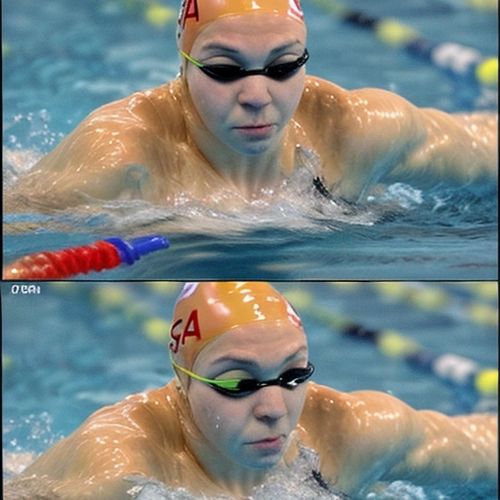
By Rebecca Stewart/May 9, 2025

By Michael Brown/May 9, 2025

By William Miller/May 9, 2025
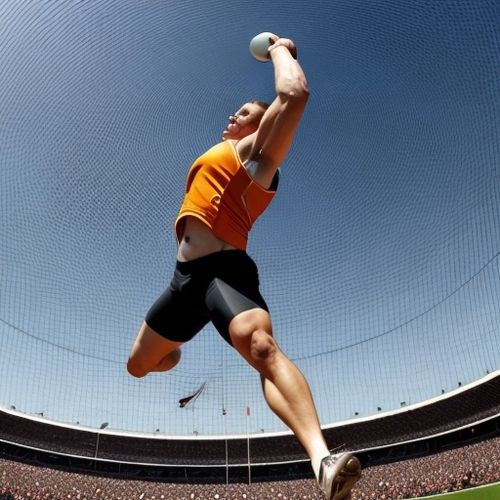
By James Moore/May 9, 2025

By Christopher Harris/May 9, 2025

By George Bailey/May 9, 2025

By John Smith/May 9, 2025

By John Smith/May 9, 2025

By Samuel Cooper/May 9, 2025
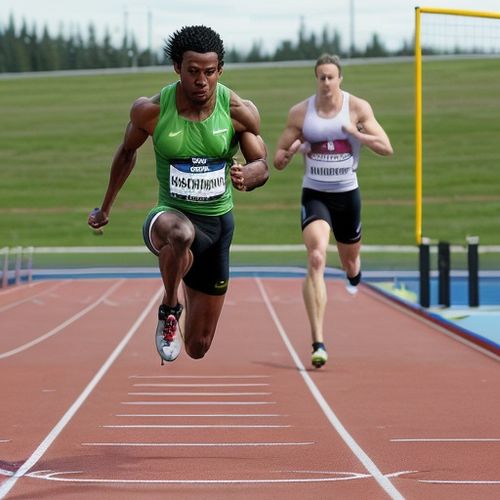
By Christopher Harris/May 9, 2025
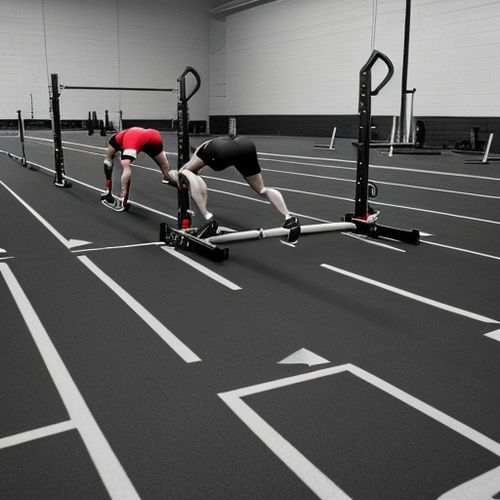
By Megan Clark/May 9, 2025
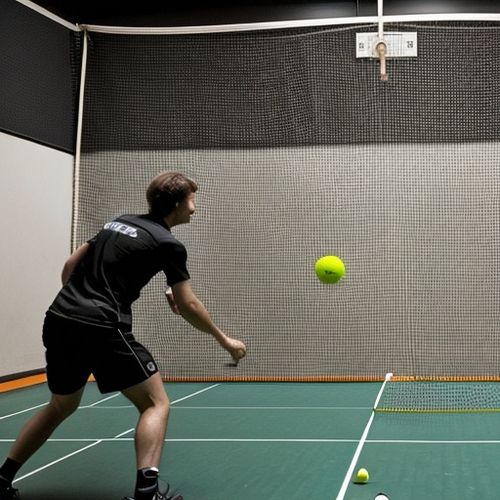
By Victoria Gonzalez/May 9, 2025

By William Miller/May 9, 2025
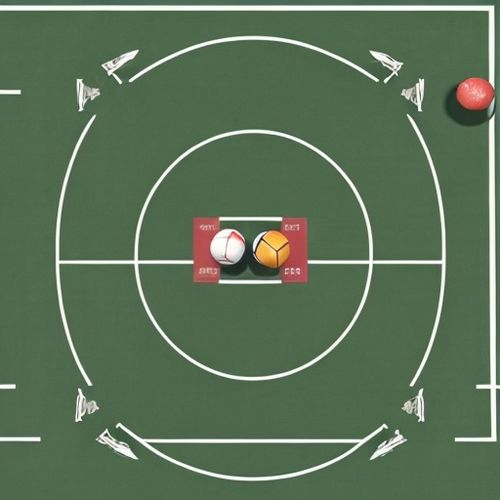
By Natalie Campbell/May 9, 2025

By Megan Clark/May 9, 2025

By Michael Brown/May 9, 2025